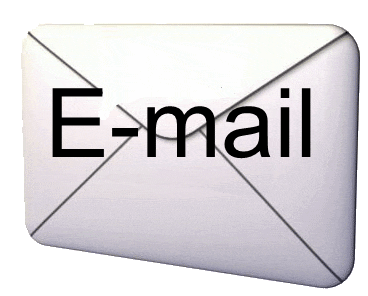Basic Email Troubleshooting: A Guide to Resolving Common Issues

Email has become an integral part of our personal and professional lives, serving as a primary means of communication. However, like any technology, email systems can encounter issues that hinder our ability to send, receive, and manage messages effectively. In this blog post, we’ll explore some basic email troubleshooting steps to help you resolve common problems and ensure a seamless email experience.
Check Your Internet Connection
Before delving into complex troubleshooting, start with the basics. Ensure that your internet connection is stable and functional. An unstable connection can cause delays in sending and receiving emails or prevent you from accessing your inbox altogether.
Verify Email Server Settings
Incorrect email server settings can lead to authentication failures and connectivity issues. Double-check the settings for both incoming (IMAP or POP3) and outgoing (SMTP) servers. Ensure that the server addresses, ports, and security settings match the requirements of your email provider.
Clear Cache and Cookies
If you’re experiencing issues with your email client or webmail interface, clearing your browser’s cache and cookies can often resolve glitches. Cached data can sometimes interfere with the proper functioning of email interfaces.
Check Spam and Junk Folders
Important emails can sometimes end up in your spam or junk folder due to overzealous filters. Regularly review these folders and mark legitimate emails as “Not Spam” to train your email client’s filter over time.
Test in Different Email Clients
If you’re encountering issues with a specific email client or application, try accessing your email from a different client. This can help you determine if the problem lies with the client itself or with your email account.
Disable Browser Extensions
Browser extensions can sometimes interfere with the functionality of web-based email clients. Temporarily disable extensions one by one to identify if any of them are causing the issue.
Check Storage Space
If you’re using an email client that stores messages locally, ensure that you have sufficient storage space available. A lack of space can prevent new emails from being downloaded.
Temporarily Disable Antivirus and Firewall
Overly aggressive antivirus and firewall settings can block email communication. Temporarily disable these security measures and check if the issue persists. If it does, re-enable them promptly to maintain your system’s security.
Test with a Different Device
If you’re encountering email issues on a specific device, try accessing your email account from a different device. This can help you determine if the problem is device-specific or account-related.
Password and Account Verification
If you’re unable to log in to your email account, double-check that you’re using the correct password. Password-related issues are a common cause of login failures. If you’ve forgotten your password, follow the account recovery process provided by your email provider.
Contact Your Email Provider
If none of the above steps resolves your issue, it’s time to reach out to your email provider’s customer support. They can provide personalized assistance and troubleshoot the problem from their end.
Conclusion
In conclusion, email troubleshooting doesn’t have to be a daunting task. Many common issues can be resolved with a few simple steps. By systematically working through these basic troubleshooting techniques, you can regain control over your email communication and ensure that your messages are delivered and received without a hitch. Remember, a little patience and persistence can go a long way in overcoming email-related challenges.
